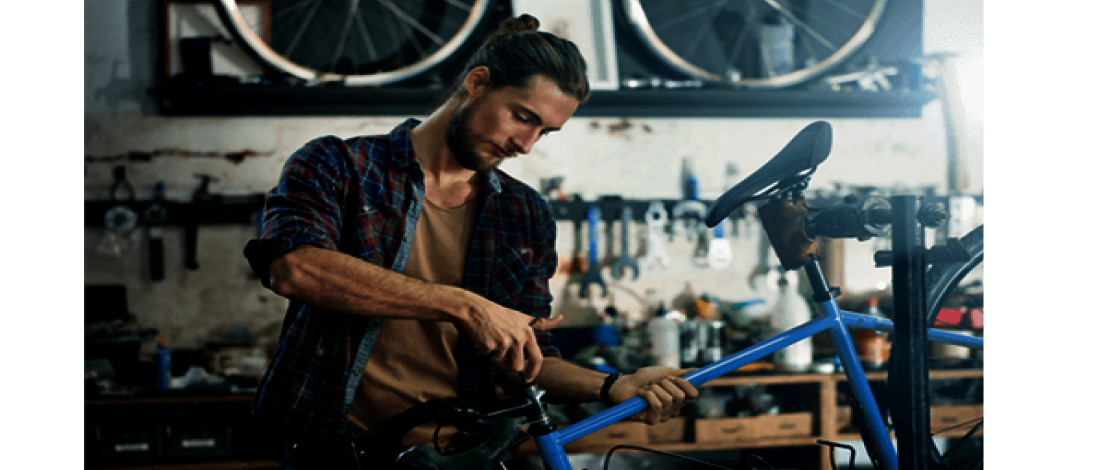How to stand and yet remain relaxed. Often after long periods of standing at work, many of us feel fit to drop at the end of the day; in time we develop medical problems.
Whether you work as a surgeon or care worker, chef or waiter, hairdresser or sales assistant, tradesman or manual worker, you all have one thing in common - you spend most of your working day standing up.
"Standing is not in itself the problem", says Exercise Physiologist, Emma Webb, a specialist in designing exercise and physical activity programs for health and fitness. Problems mainly arise because we adopt a non-physiological posture.
"For example, if you are a hairdresser or dentist, you are often forced into an unnatural posture in order to do certain things. This means that you tend to use one side of the body more than the other or overload the muscles”, explains Webb. “In time, poor posture causes the muscles to contract and muscle tension to develop. The spine and the joints then lack stability and this in turn inevitably leads to premature wear and pain. In most causes, the problems affect the back or shoulder.
To ensure you stand relaxed throughout the day, you need to take preventative action. First of all, muscles must be strengthened and ergonomics improved. Webb, who is the lead Exercise Physiologist at Kieser in South Melbourne, stresses that many people arrive with back or neck problems. "With these customers, we can alleviate the neck pain using the G5 machine and for the back we use the F1 or F2. These machines build up the deep muscles in the cervical and lumbar spine.”
Targeted muscle strengthening can also benefit manual workers who are not only on their feet for hours but are lifting heavy loads. “They may look like bodybuilders and not seem like they need additional training, but often an analysis of the back muscles on the Lumbar Extension machine reveals that the deep back muscles are extremely weak. In this case, we can usually achieve quick results with targeted training”.
Strain on the blood vessels
If you stand for long periods, you also put a significant load on the vascular system. In order to prevent varicose veins, Webb strongly recommends including the calf muscles in your training programs. At work, it’s also important to activate your so-called "muscle pump" at regular intervals. This can be done by taking a short walk, jogging in place or standing regularly on tiptoes. As Webb explains, “When you contract the calf muscles and then release them, venous blood in neighboring veins is pumped back towards the heart.” In addition, if you have to stand still for long periods, e.g. when doing surgery, don’t be afraid to wear support stockings. They encourage the backflow of blood.
Both feet firmly on the ground
It’s equally important to distribute your weight evenly on both feet and use the complete sole of the foot. “Many people unwittingly stand on one leg and are lopsided”, says Webb. She also stresses the importance of good ergonomics in the workplace. The issue should be taken seriously and suitable guidelines developed. If necessary, employees should be given appropriate aids – muscle strength alone cannot always compensate for a poor posture and heavy loads.






























